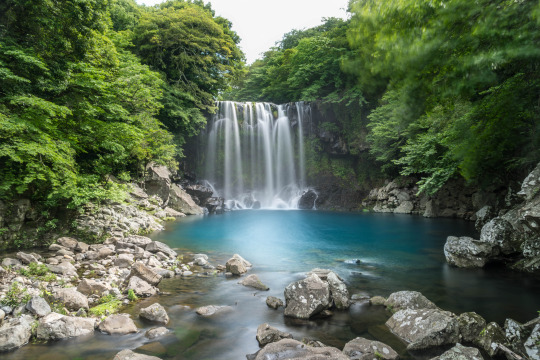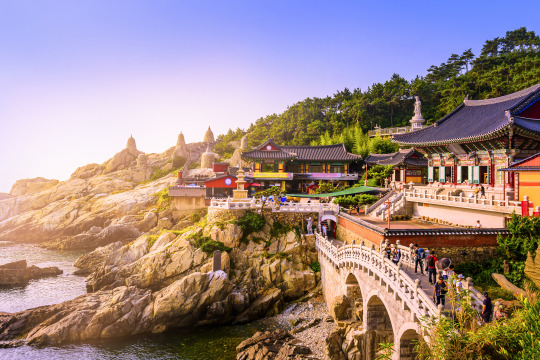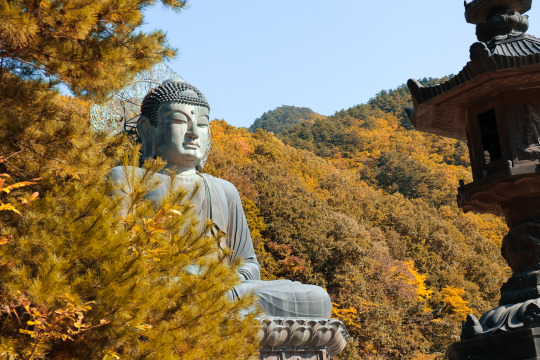#sinheungsatemple
Text
South Korea
The picturesque Cheonjeyeon Waterfall , Jeju Island, South Korea.

Serene Haedong Yonggungsa Temple, Busan, South Korea 🇰🇷.

Epic Buddha monument of Sinheungsa Temple, Seoraksan National Park, Sokcho, South Korea 🇰🇷

#earlytravel#cheonjeyeonwaterfall#jejuisland#southkorea#travel#wanderlust#explore#exploremore#naturephotography#naturelover#haedongyonggungsatemple#busan#serene#buddha#sinheungsatemple#seoraksannationalpark#sokcho
2 notes
·
View notes
Video
#sokcho #seoraksannationalpark #seorak #seorakmountain #mtseorak #sinheungsatemple #SouthKorea #asia #MrNETW3RK #RonDavouxRecords #icreate258 (at Seoraksan National Park) https://www.instagram.com/p/BrmgB5WA4K4/?utm_source=ig_tumblr_share&igshid=18zm1hgvysqw3
#sokcho#seoraksannationalpark#seorak#seorakmountain#mtseorak#sinheungsatemple#southkorea#asia#mrnetw3rk#rondavouxrecords#icreate258
0 notes
Text
Weekend in Sokcho & Seoraksan
Tuesday, April 4, 2017
We got to see a new side of Korea this weekend! Our friends, Meg & Tony invited us to spend the weekend together in Sokcho, a coastal town located about 3 hours’ drive from Seoul on the East Sea. In addition to offering lovely beaches and a plethora of fresh seafood, Sokcho is also known as an access way to Seoraksan National Park. We had planned on seeing the beach attractions on Saturday and the mountains of Seoraksan on Sunday.
Unfortunately, our plans to see the beach on Saturday were dampened by the weather: there were driving rains for most of the day. While we didn’t get to spend any time at the beach, we did have some tasty seafood for lunch at an indoor market on the harbor of Sokcho. The indoor market was very interesting! There was a large hall of vendors lined with dozens and dozens of beautifully maintained fish tanks displaying every type of sea creature you could imagine. Fresh fish, crabs, squid, snail, clams, and other seafood were available to purchase. The market was cleaner and fresher than any I’d ever seen before. It looked more like a pet shop than a seafood market! Many of the vendors not only sold seafood but also had small restaurants set up behind their display wall.
We decided to have lunch at one of these restaurants in the market. Our group of 4 adults and 1 toddler filled our bellies with fried sweet potato and shrimp. By the way, fried shrimp in Korea generally refers to the whole shrimp fried with its head, tail and shell still on! We certainly got some extra calcium in our diets that day from consuming some shrimp exoskeleton! Additionally, we sampled the dish Sokcho is known for: squid sundae! Sundae in this case refers to Korean sausage, not an ice cream creation. Squid sundae consists of stir-fried squid, blood sausage, seaweed, carrots, onion and spices served in coin-sized rings. It was delicious! Meg and Tony’s 2 year-old son especially liked this dish!
The rest of the day on Saturday was spent relaxing in the 3 bedroom apartment we had reserved for the weekend through AirBnB.com. This was Shawn’s and my first experience with an AirBnB rental and we were very impressed. It was great to have access to a full kitchen, bathroom, living room, and deck for the weekend. Since we had 4 adults, a toddler, and a 6 month old baby in our group this gave us a lot more flexibility and space than hotel rooms would have provided. It was also less expensive than a hotel! We will definitely use AirBnB again when we travel!
On Sunday, we checked out of the rental apartment first thing in the morning and headed to explore nearby Seoraksan National Park. This park is located in the Taebaek mountain range of the Gangwon Province in eastern South Korea. Seorak-san means Seorak (snowy crags) mountain. This mountain is the third-highest mountain in South Korea at 1708 meters (5603 feet) tall! Luckily, we had perfect early spring weather to enjoy our day at the park.
Seoraksan National Park is an amazing place that offers many hiking trails, interesting rock formations, lush forests, fresh water streams, hot springs, an enormous bronze statue of Buddha, and two historic Buddhist temples. We were in awe of the stunning spring landscapes at Seoraksan National Park! Our favorite part of the day was taking a cable car up from the main park to take in the mountain views. We also enjoyed visiting Sinheungsa Temple, which is considered the oldest existing Zen Buddhist temple. It was first built in the 7th century and was home to over 50 monks at one time. The temple buildings themselves are exquisitely crafted solid wood structures with ceramic tile roofs. The buildings are painted with bright colors inside and out. It was a fabulous day at the park!
0 notes